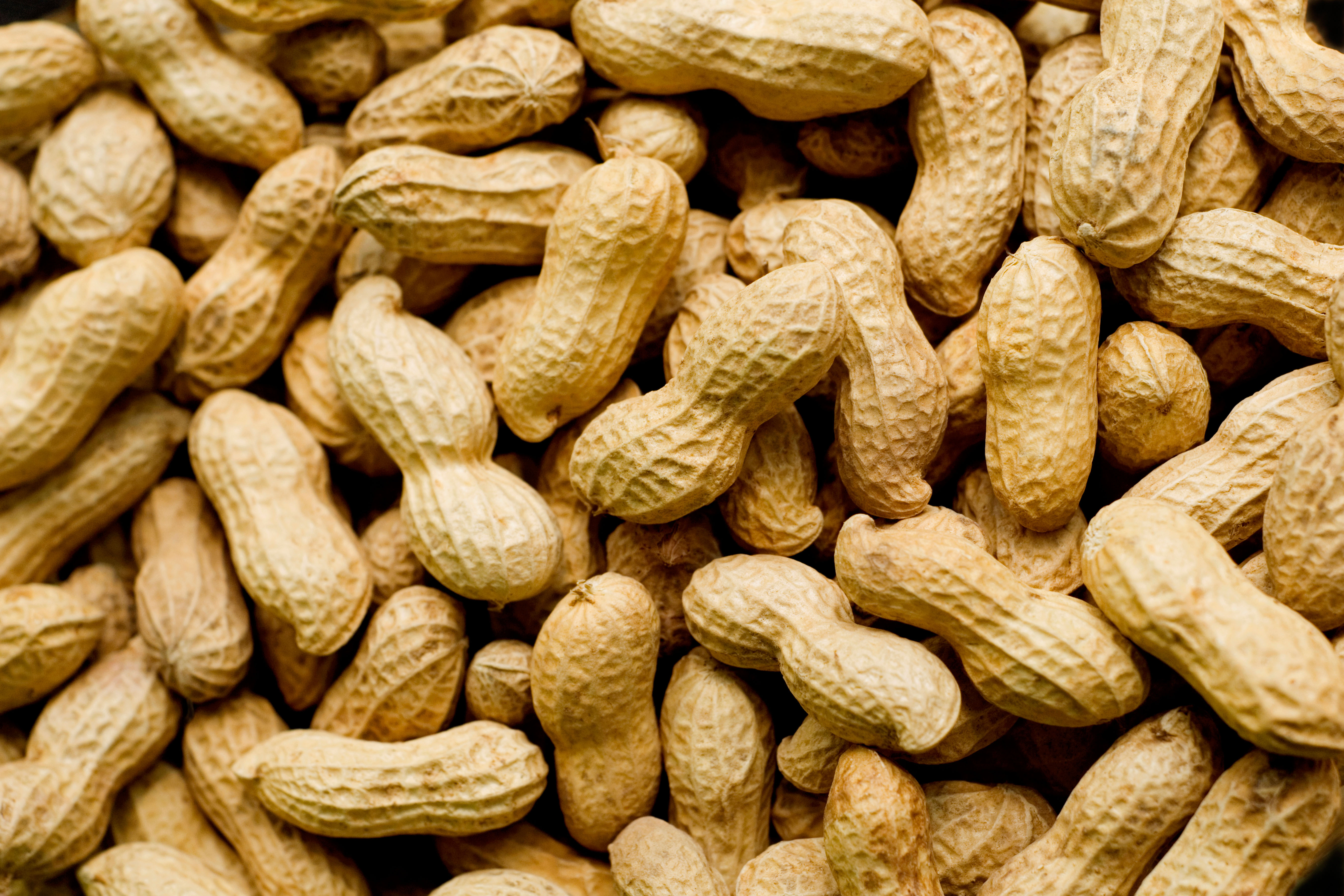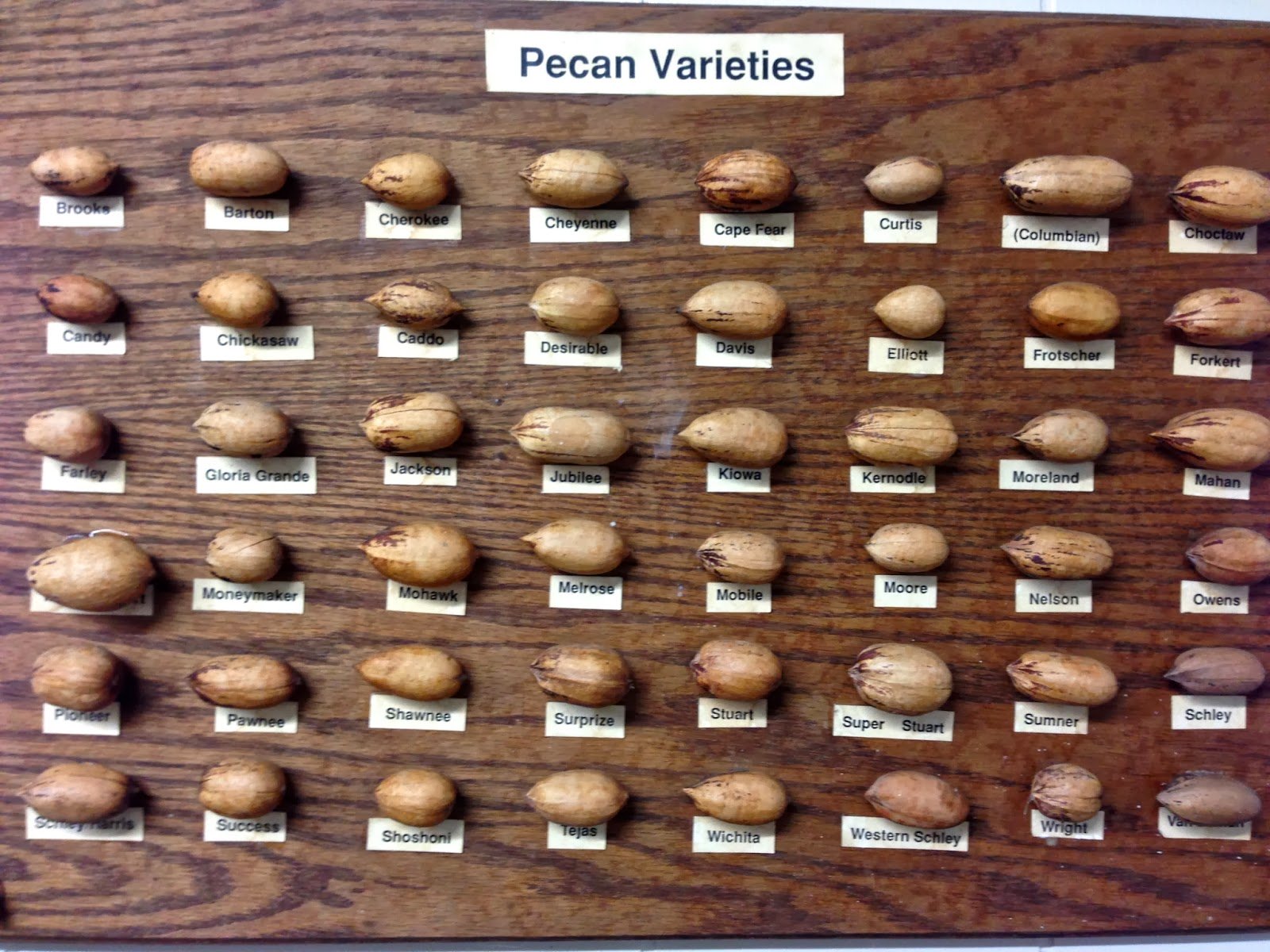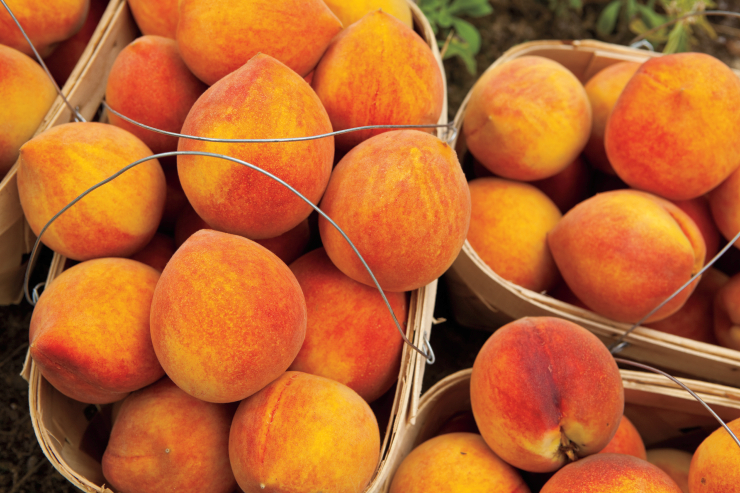The Catfish Industry of Alabama Is One of the Strongest in the Country
The Catfish Industry of Alabama is not a well-known fact outside of the state’s Black Belt region, but it is a thriving and interesting industry.
While it still ranks second to the state of Mississippi in its production, it still holds a huge market share in the country.
While many fish farmers in Mississippi and Arkansas have made the decision to fill their ponds and return to row crops to survive, the farmers in Alabama for the most part, have maintained their catfish ponds.
As a result of other state’s decision to move back to row crops, the lower supply combined with record demands, have made for several years of very good results for the state.
The Catfish Industry of Alabama has recently produced over 120 million pounds of this white and flaky fish.
It is estimated that over 3,000 people in the state currently work in this industry, and in recent years, it has averaged about $115 in annual sales.
However, this success has had several challenges, especially with the advent of a bilateral trade agreement between the United States and Vietnam.
While the nation of Vietnam is considered to be the largest producer of this fish in the world, the farmers of Alabama had one major complaint; the fish from there are not even considered to be catfish.
They also contended that the government subsidized Vietnamese fish imports were violating the trade rules and adopted another strategy.
This strategy was to expose the health of these fish for one simple reason, where they were grown.
Most all of the Vietnamese fish are grown in the Mekong River Delta, which is considered to be the most polluted water system in the world.
By contrast, the Catfish Industry of Alabama contended their product was grown in very safe ponds that are checked regularly for safety.
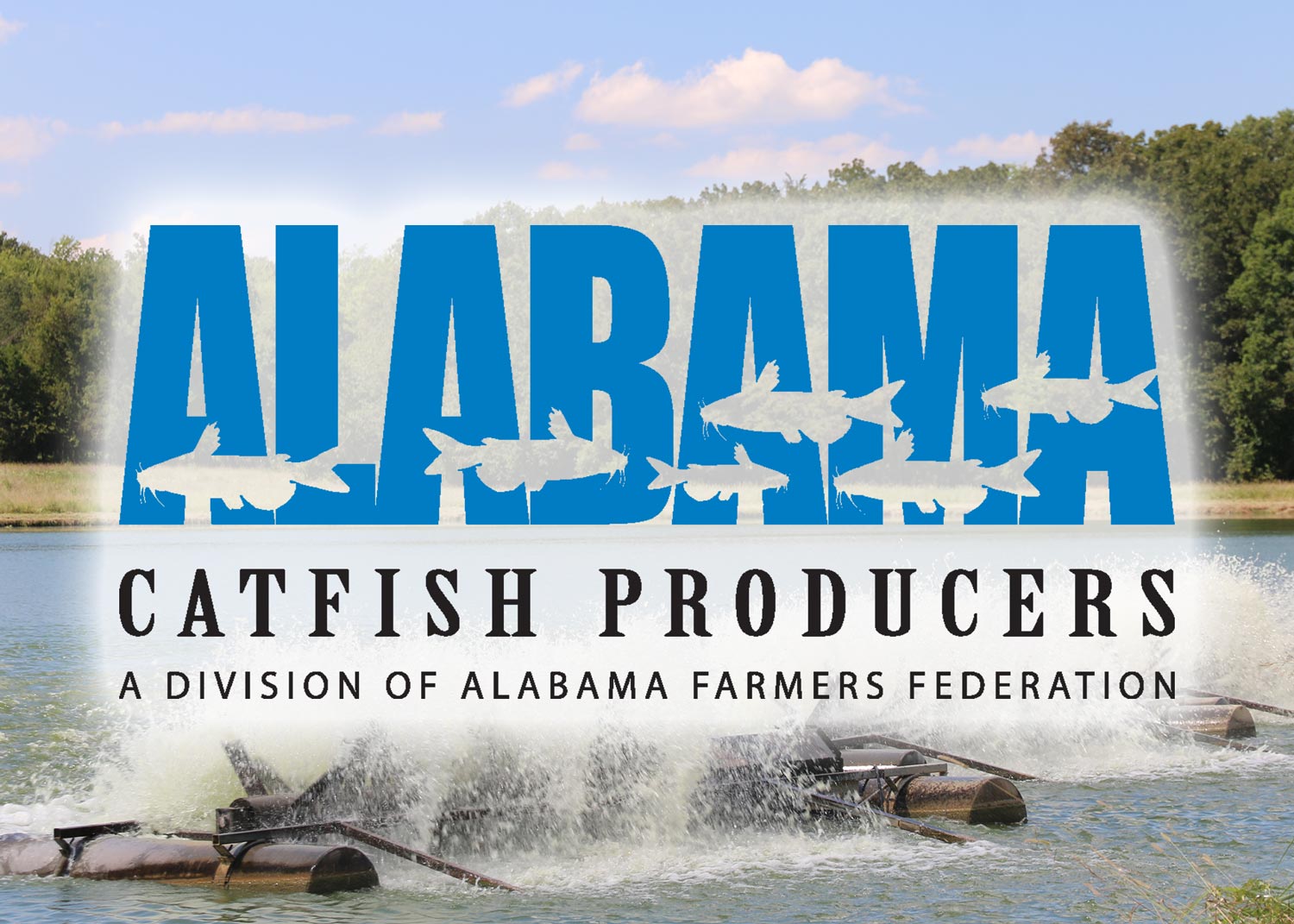 Alabama Catfish Producers
Alabama Catfish ProducersThe History of the Catfish Industry of Alabama
What most people, even residents of the state do not realize, is that the Catfish Industry of Alabama is only about 60 years old.
It began with the opening of a very small hatchery in Greensboro, Alabama, which is located in Hale County.
The counties today with the highest production of this food source include not only Hale County, but Dallas and Greene County, which are in the historic Black Belt region and have very rich soil.
However, it is not the rich soil that has helped this industry, it is instead environmental conditions.
This part of the state has very long and warm seasons, the correct topography, soil that is considered to be water-retentive, as well as plentiful rainfall and river water that helps to maintain the ponds.
Its relatively close proximity to the University of Auburn and its scientists as well as graduate students that are considered exerts in fisheries have also helped, as do low-energy costs and good transportation.
But there is perhaps one more major advantage this area has with the Catfish Industry in Alabama, the channel form of this fish.
The channel form is considered by the experts from Auburn to be well suited for farming, as they only need to be fed once a day.
They have very large stomachs that will hold the feed for hours, and they also very adaptable to these types of living conditions.
This industry began when three Hale County residents decided to hatch catfish fingerlings, to use commercially.
These three locals were Chester “Check” Stephens, who was a feed salesman, Richard True, who was a cattle and cotton farmer, and Bryant Allen, also a farmer.
They used research that had been done in Oklahoma and Kansas, where hatching of fingerlings was helped by developing hatching troughs and paddled wheels, to aerate the water in the ponds.
Mr. True has two ponds and natural well water on his farm, and these men obtained brood fish that included both fertile males and females and put them in these ponds.
The equipment they used they built themselves, and they included the aquaria, hatching troughs, spanning baskets, as well as paddle wheels.
On their first attempt, in 1961, they produced nearly 50,000 fries, which are newly hatched fish, and by the fall, they were looking for markets to sell their new crop.
Because they were new at this, they almost lost their first crop because of the harvesting and transportation part of the business.
However, they very quickly learned, and with newly funded business loans, they bought better equipment that was more professionally made.
In the year 1967, Joe Glover, who was a grocer out of Greensboro, joined Mr. True and Mr. Stephens, and formed the STRAL Processing Company.
There, they harvested the fish, skinned and cleaned them, and sold them in Mr. Glovers meat market, as locally grown.
Their business exploded as the customers loved these locally grown fish, and they had to build a larger plant to keep up with the demand.
Their company soon became the first processing plant to skin fish with a skinning machine, and they were now sold to hospitals, schools, supermarkets, as well as other venues.
The Catfish Industry of Alabama was now off and running, as other farmers rushed to enter this growing market.
By now, some of these other farmers were experimenting growing these fish in a process called a “cage production”, where they were raised and grown in cages hanging in the ponds.
In the northeast part of the state this method worked very well, as famers there had not tried raising this fast-growing food source in ponds before this.
However, these farmers soon found out that this method could not compete with the larger pond-based fish in the western part of the state, and this method did not span a lot of success.
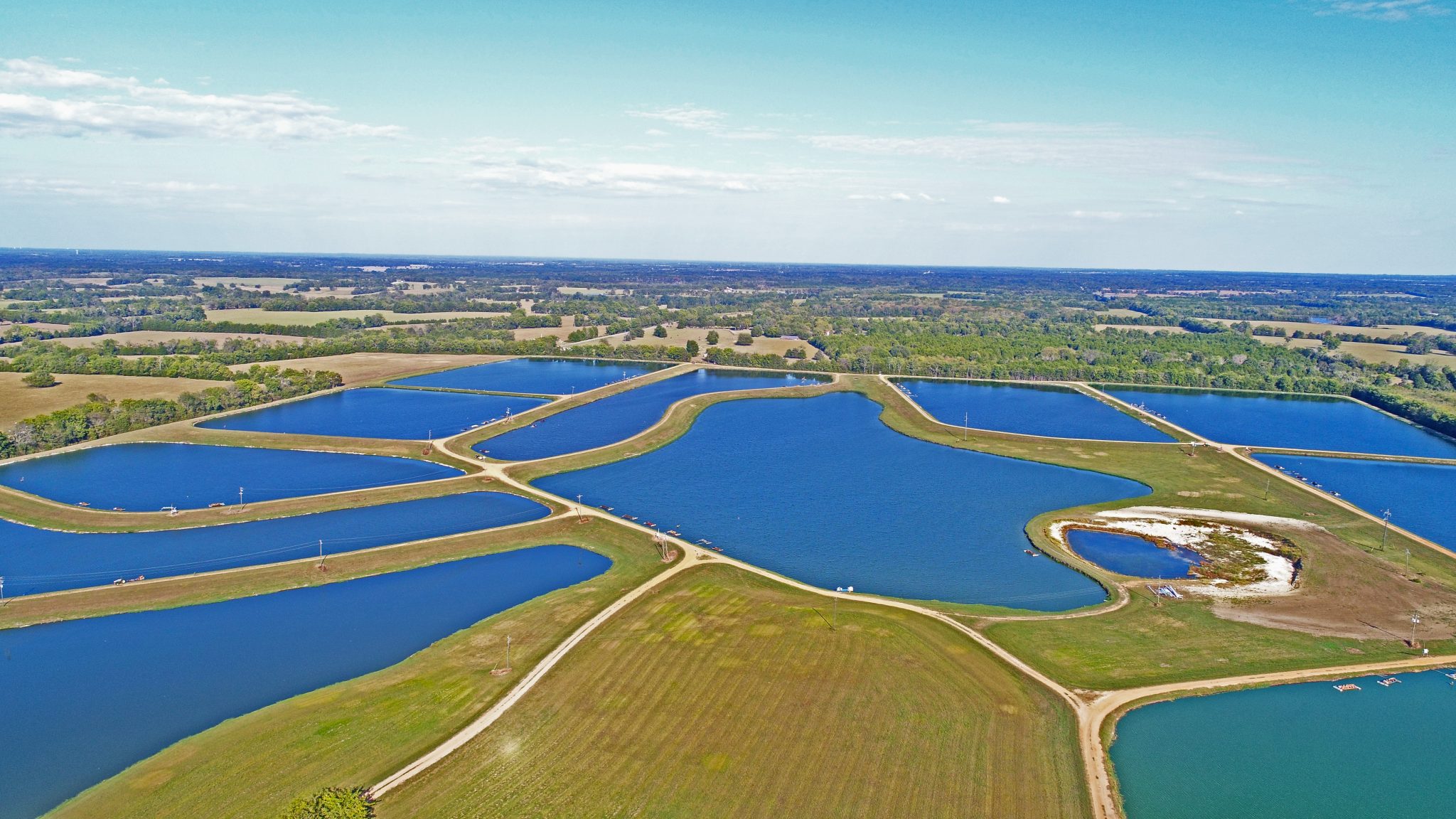 Alabama Catfish Ponds
Alabama Catfish PondsThe Growth of the Catfish Industry of Alabama
As more competition entered into the Catfish Industry of Alabama, they soon began to produce product more cheaply than STRAL, and in 1969, the three men sold their business.
They sold it to Nebraska Consolidated Mills, which would later become the giant in the agribusiness, ConAgra.
However, Mr. Glover was not finished with this lucrative business, and in 1970, he started his own processing company, the Farm Fresh Catfish Company, which stayed in business until 1983.
With this new venture, he introduced several new innovations in the processing, and among the most popular, was the addition of fileting.
He also helped to start a new quality-control system that prevented poor flavor catfish from being sold, as well as convincing famers to raise their crops all year long.
However, the consumer demand at the time did not keep up, and by the 1970’s, a lot the population viewed this breed of fish “not good to eat”.
New farms still continued to open however, and as new farms opened, the markets became flooded and the prices dropped.
This made it very difficult for the farmers to cover their expenses.
High feed prices also began to affect the industry, as did disease, as the ponds in most all cases were overcrowded.
This overcrowding became a real health issue as they were consuming more oxygen and producing more waste, which began to kill large numbers of fish.
By the mid 1970’s, most of the farmers knew that if something did not change, the Catfish Industry of Alabama was doomed to fail.
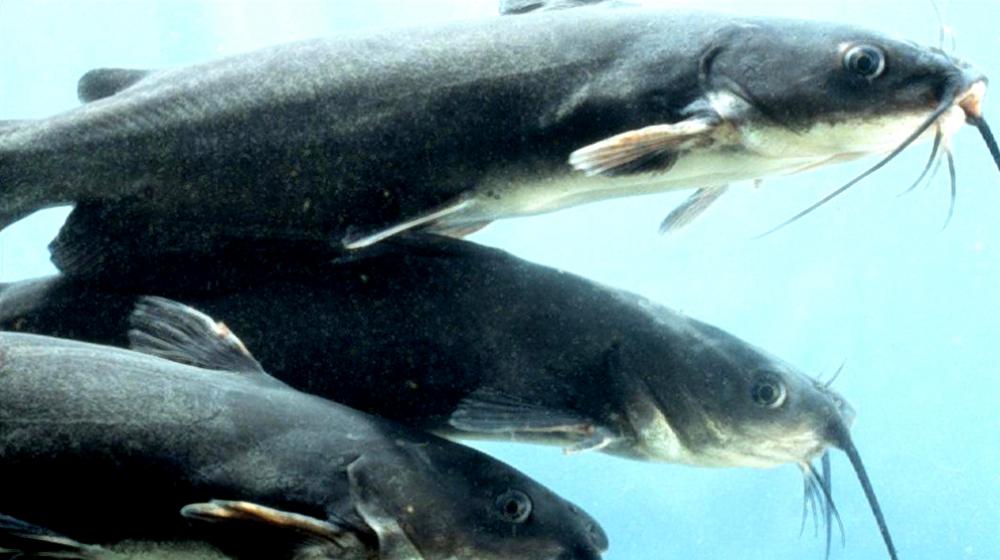 Alabama Catfish
Alabama CatfishIn 1975, Lenson Montz and his brother-in-law built a paddle-wheel aerator that helped to oxygenate the ponds by creating a powerful current.
This system immediately changed this dire situation, and most all famers of this food source still use this system to this day.
Other changes helped this industry, especially the elimination of price among the competitors.
In 1971, the farmers began forming marketing associations, and in 1983, the Alabama Fish Farming Center was established in Greensboro.
It was established by the Alabama Cooperative Extension Service, the Soil Conservation Service, the Agricultural Experiment Stations, as well as several local citizens.
It purpose was to be a source of information in not only designing ponds but managing them as well for one single purpose; to keep the fish healthy.
As the Catfish Industry of Alabama grew into the 1980’s, mechanization gained even a stronger hold over the industry.
Machinery was used to do most of the harvesting that used to be done by hand, and processing became more mechanized and automated as well.
During the 1990’s, sanitation testing was implemented, as a step to assure consumers this product was safe to eat.
By the year 2000, most of the residents living in Hale County worked in this industry.
In the year 2016, the entire United States produced over 363 million of pounds of this food source, and the Catfish Industry of Alabama produced a whopping one third of this total, about 120 million pounds.
References
http://www.encyclopediaofalabama.org/article/h-1409

Alabama Gift Store
Numerous Items for You and Your Family to Enjoy
See it here at the Gift Store
Copyright 2019-2023 Alabamabackroads.com
All Rights Reserved
